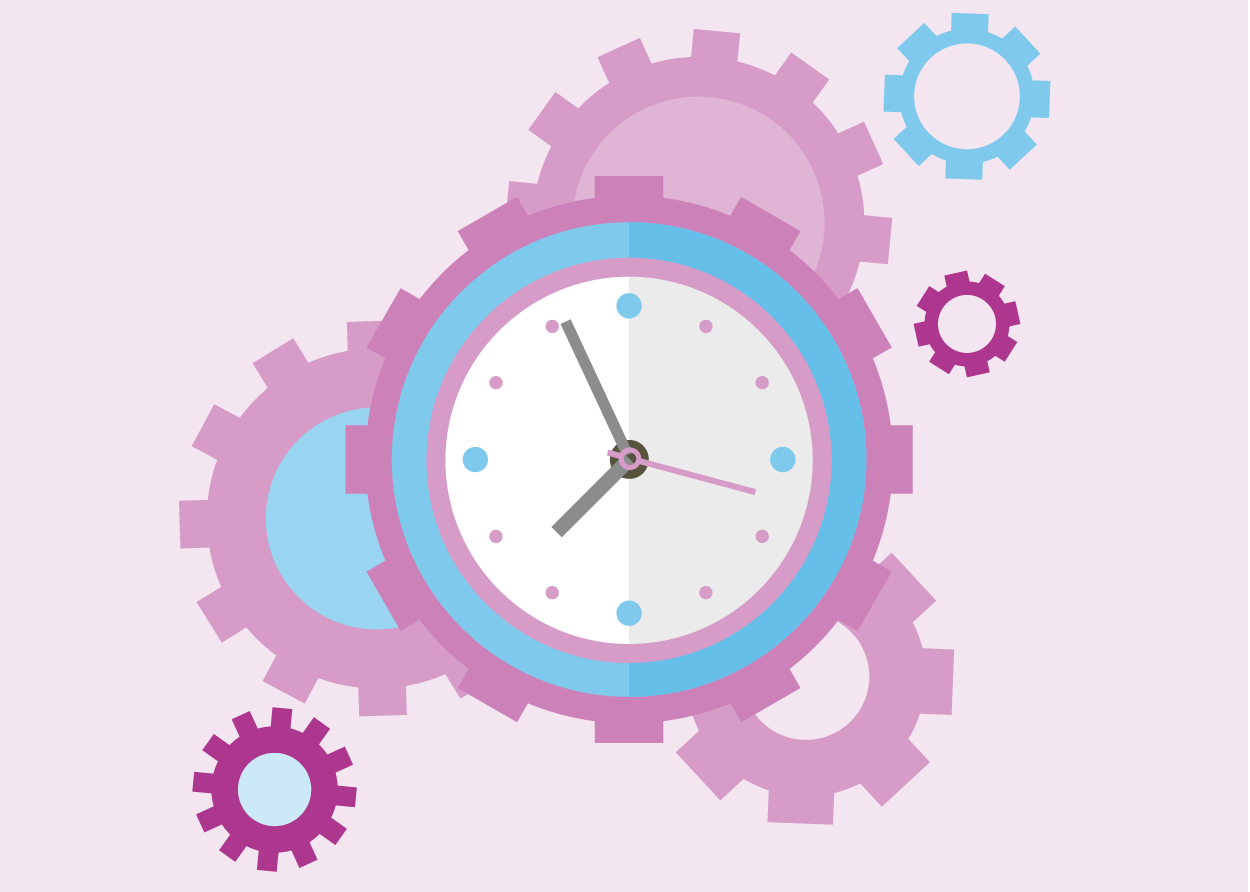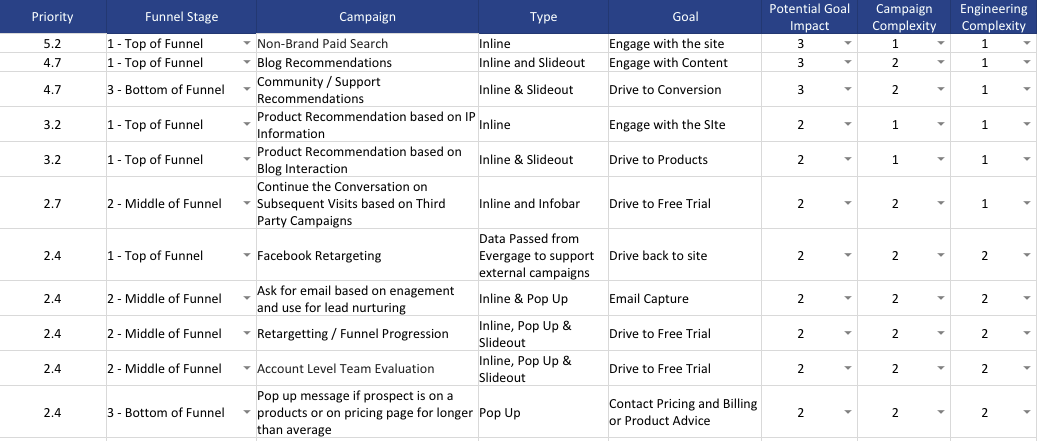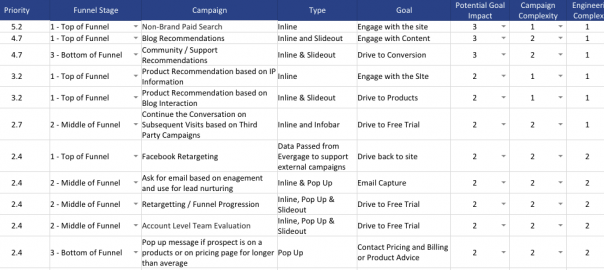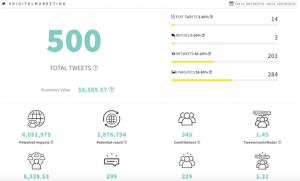— November 13, 2018

Let me set the scene. You’ve done your research and set aside the budget to invest in a personalization solution. You have many great ideas for personalization campaigns. What do you do next? The key to success is prioritizing your ideas with the fastest time to value. You don’t have all the time in the world to implement every campaign you could think of, and you want to make sure your investment actually pays off, so you need to make sure you pick the right ones to implement.
Review your campaign ideas in terms of two key elements: potential impact and ease of implementation. Going after the biggest, hairiest campaign first is going to take longer, so it will increase the time to receive an ROI on your investment. Going after something simple and impactful is going to deliver a quicker return and allow you to move onto the next idea sooner.
How to Prioritize Your Personalization Ideas
It’s always important to keep your overall personalization goals in mind. Ask yourself, what goals are you looking to impact with your personalization strategy? Every campaign you add to your list should improve your goal metrics. If a campaign on your list doesn’t support your goals, you may want to put it on hold and focus instead on the campaigns that do.
Then you need to think about the tools you have at your disposal. Think about the data you have on each of your visitors or customers, the content or assets you can share with them and the channels you have to deliver through. You don’t need to focus your campaign ideas solely in channels you’re already personalizing, and they don’t need to use data that is readily available from the visitor interactions on your site (you can pull in data from other sources). But you should be able to recognize which campaigns will be easier to implement (those that use existing data sources and channels) and which will require additional work.
The next step is to list out all of your campaign ideas in a prioritization matrix. For each idea, indicate which stage in the journey it will affect, what the expected impact is and what level of effort will be needed to implement it. You should also include any current blockers that prevent you from putting the campaign together today, such as needing to source a new data point, update UTM parameters for a campaign or develop some custom logic. In the end, your matrix should look something like this.

Personalization Campaign Prioritization Matrix
This kind of matrix will help you identify what to tackle first. A “high impact” but “high level of effort” idea isn’t the best way to go right off the bat. Start with a couple of “medium impact” but “low level of effort” campaigns instead to achieve that initial ROI.
That said, you may want to look at what is causing a campaign to be “high level of effort.” Can you remove some of the road blocks? For example, if you need access to data that you don’t currently have, then start the project to gather the data. If you need more content to support the campaign, then start working with the content team to create it. Before you know it, you’ll have removed the obstacles standing in the way so you can move those campaigns to the “easy level of effort” category and start working on them..
Summary
You have done the hard work. You have been through the process of identifying the right solution, aligning budget and getting stakeholders on board. Now it’s time to list out all the great campaign ideas you and your team have. By understanding your goals, the resources you have at your disposal and the level of effort required for each campaign, you can start prioritizing your ideas.
You want to make sure you are rolling out personalization campaigns in a logical way to minimize the time to value. Using a campaign prioritization matrix is a great way to organize and align your efforts. Continue to review and evolve your matrix as blocks are removed or new channels become available. You got this!
Business & Finance Articles on Business 2 Community
(38)










